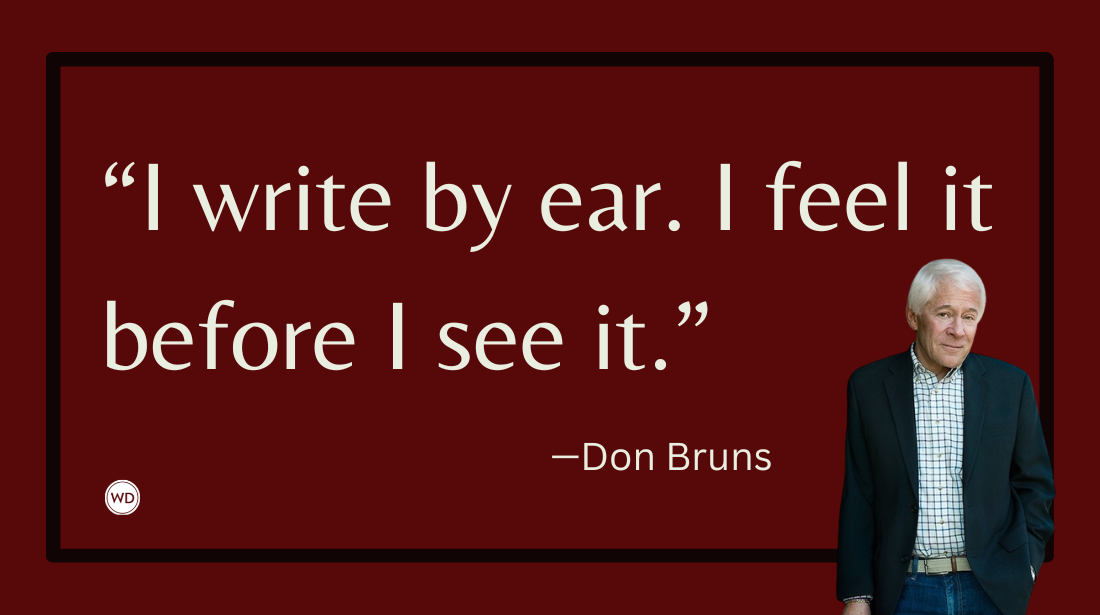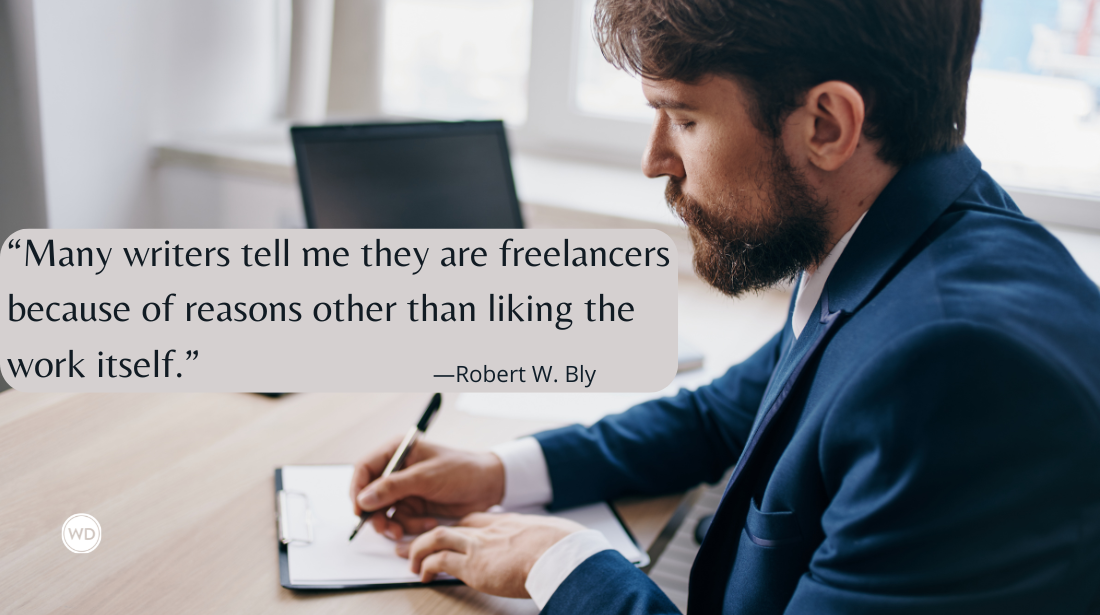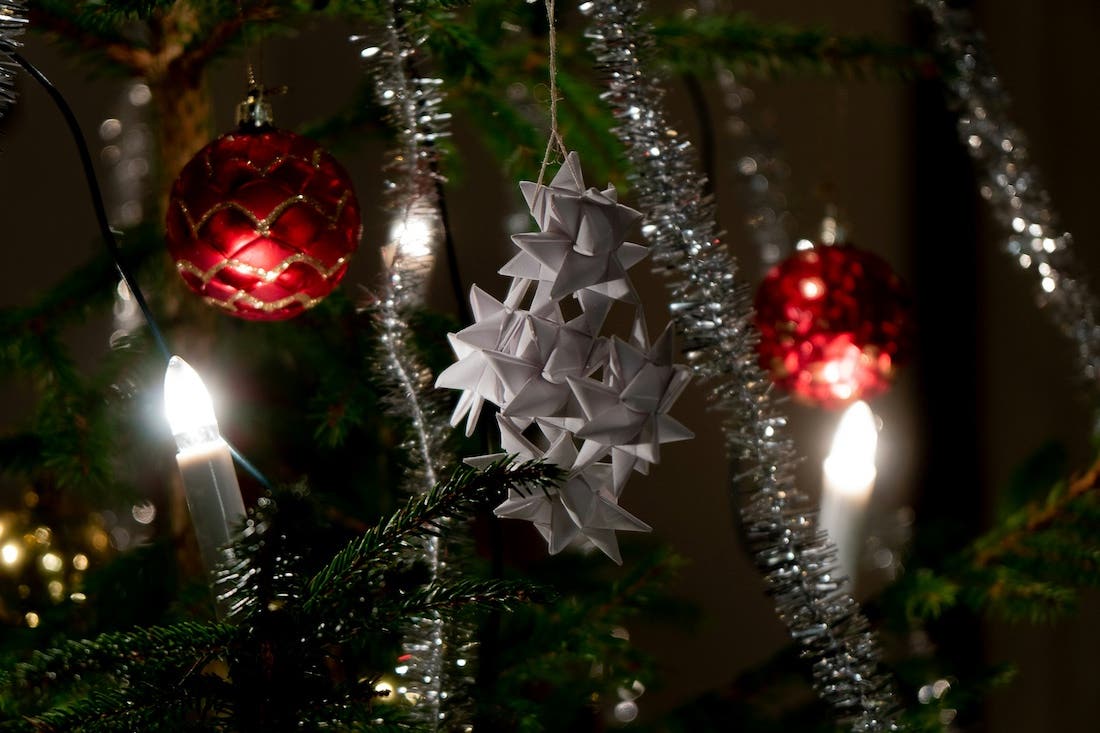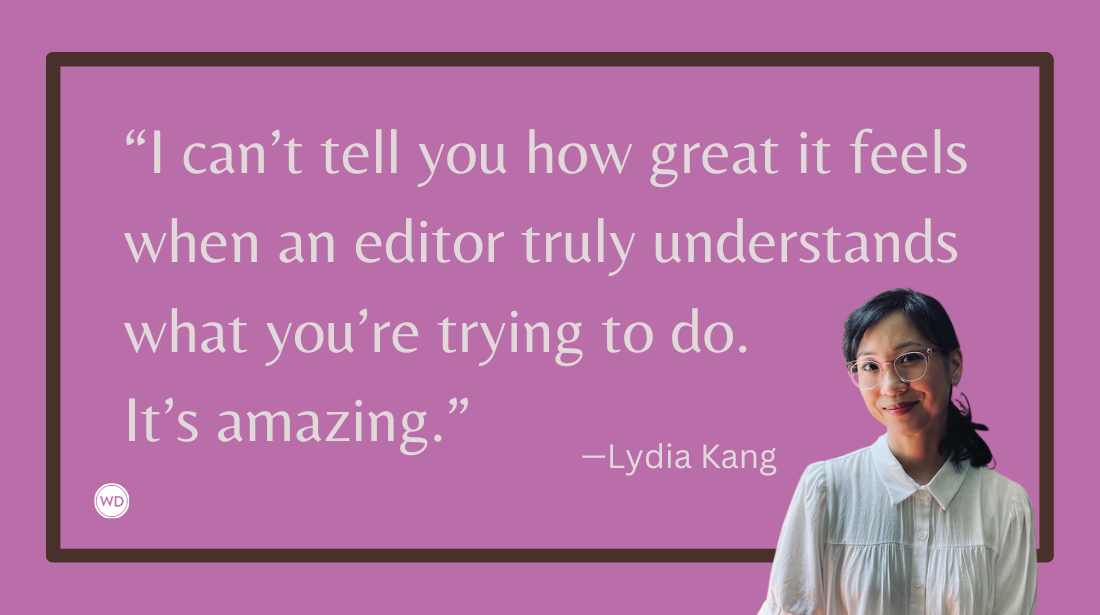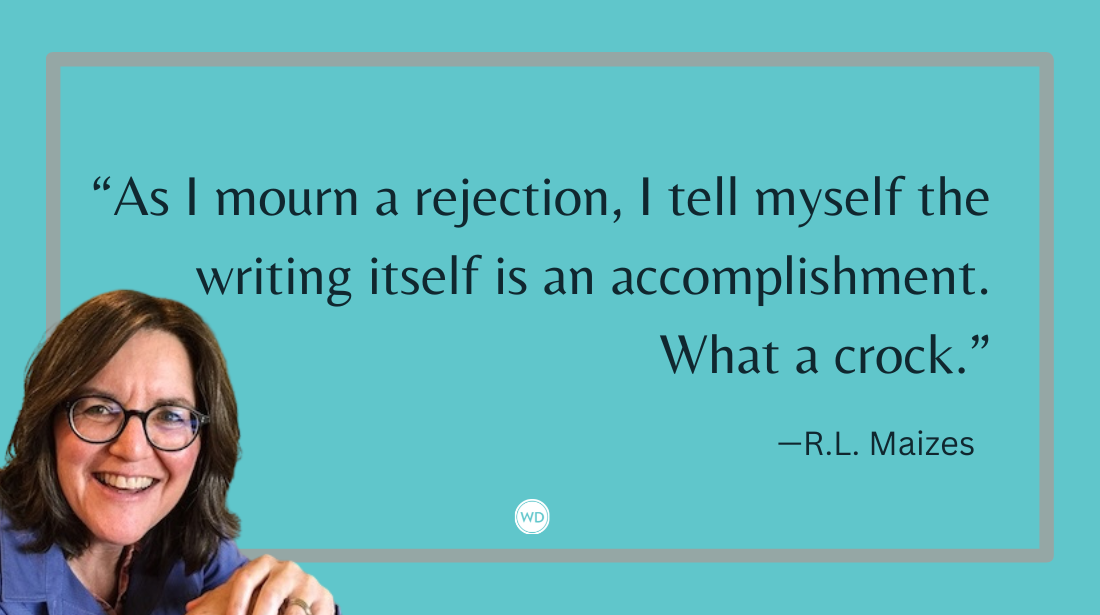The Digital Age Has Only Helped Storytellers
Today’s Q&A is with author Eric Rickstad, a novelist and screenwriter living in Vermont. His unnerving novels, stories, and scripts strip back the bucolic veneer of rural America and root…
Today's Q&A is with author Eric Rickstad, a novelist and screenwriter living in Vermont. His unnerving novels, stories, and scripts strip back the bucolic veneer of rural America and root around in its tragic and blackly comic underbelly. Big thanks to Darrelyn Saloom for bringing my attention to Eric and his work.
--
Your first novel Reap was published by Viking/Penguin, and was a New York Times Notable Book. Tell us about the journey in getting that traditionally published.
Reapwas the first novel I ever wrote. I started it in the spring of 1995 while I was living in Burlington, Vermont. I’d been writing a lot of short stories at the time. Short stories and poetry, and reading a lot of the same. I was also reading all kinds of lit mags and Writer’s Digest magazine, too. I always haunted the library’s periodical shelves and looked forward to the magazine’s latest issue. The information and profiles and interviews were gold to me. I hung on every word, and the tips and insights were invaluable. Really.
Reap started out as a short story. It started with an image, as all my writing does. This was an image of a woman sitting in a trailer and looking out at the Vermont landscape, the oven door open behind her with the coils glowing orange to keep her warm because she did not have money for heating oil.
It took me three years to finish Reap. I’d sent the manuscript to some agents who’d liked my short stories, and while they loved the writing, the book was too dark for them. So I had a friend of mine who was at Random House sneak in the files and find out who Cormac McCarthy’s agent was at that time. I figured whoever represented him wouldn’t be put off by my unflinching look at violence and desperation. I didn’t get that agent, Binky Urban at ICM. But she passed Reap to her colleague, Sloan Harris, who loved the manuscript. And he championed it. He was great. He went to several houses and we decided on Viking Penguin. It happened pretty fast, a few months. Then it was another 18 months before the book actually came out.
Reap did very well critically, and I was very glad to have Penguin’s orange spine on my book, as so many of the writers I most appreciate also had and have it. It was really quite something. It still is, for me.
I am no longer with Sloan and am looking for representation for my new novels.?
I see that you've re-released Reap through CreateSpace. What's the story behind that?
Well, the story is, that as well as Reap did critically, and as well as it sold its first year, after a while the stores need to make room for new books and if your book does not continue to sell certain numbers, the publisher remainders them. The books get pulled from bookstores. That was a tough day for me. To see my first novel disappear from shelves. It happens though. It’s the end result for the majority of books that get published. There is only so much shelf space. Chris Bohjalian had his first books remaindered until Oprah resurrected his career.
This posed a problem for readers who wanted to buy Reap. Not only was it not on bookstore shelves but stores could not order it for them, either. I kept hearing from people—readers I did not even know who’d read a great review or heard through the grapevine about Reap—that they could not get it. They could order it on Amazon, but those were used copies, often with that black remainder mark, and they wanted a nice copy, a new copy, for themselves and to support me, the writer, as well.
So I looked into CreateSpace. I was very pessimistic at first. Especially about the quality of the book. But I had them do a proof, and I tell you the paperback really surprised me. The quality of the paper and cover stock is actually superior to the Penguin paperback, and the cover art I like much better. I had a good friend who is a professional graphic designer do it, and it looks really great.
Going the way of CreateSpace, in this instance, serves several ends. One, readers now have a new book available to them, not a used book that might be beat up or have marks on it. As a book lover myself, I appreciate that. It’s a better product and experience for readers. Two, I get royalties on it. With the used remainder books, I didn’t see any. I like that and readers seem to as well—more than I would have imagined. Before Reap was available through CreateSpace, I had people ask where they could get it. When I told them they could get it used on Amazon or wait for a new edition, they said they’d just as soon wait for a new copy especially if it helped me out. Three, bookstores, any bookstore, can now order a copy for customers. So you can support a local bookstore. And the novel, a really nice edition of it, lives again, which is nice.
So far this approach for this particular book is going great. Reap has only been out a few weeks on CreateSpace.
How are you spreading word about the re-release?
I am letting people know about the new edition via Twitter and Facebook and getting interviews and exposure through kind folks like yourself who love books and support writers.
I started using Twitter in January or so at the behest of my wife. I never imagined I’d be on Twitter. Ever. Not ever. What’s all this tweety bird stuff, you know. But I like it a lot. Primarily because I am constantly discovering artists, writers, photographers, filmmakers and the like of great and varied talent whom I would never, ever have found otherwise. People like Gregory Bayne and Elizabeth Eslami and Richard Wright. I like that most about it. I now have more than 6,000 followers on Twitter and nearly 2,000 on Facebook.
Darrelyn Saloom, who guest blogs for you, was one of the first people I followed on Twitter. She was a great help. I didn’t know
how Twitter “worked.” She was very kind and generous in helping me understand this world. My wife was the lead champion, and was a savvy user of it since its inception, but folks like Darrelyn and many others were very kind and generous and still are.
?Your next two novels, A Killing in the Kingdom and Found, were posted at your site on an ongoing basis. Why this approach? Will you do this again??
It was an experiment. I keep thinking of Dickens and how he took advantage of whatever “technology” was available in his day to reach readers, as many readers as he could. It’s so easy to do now, or easier, than even five years ago. I wanted to post what I was writing that day and see what kind of reaction I got from readers. It was a high wire act of sorts, writing in my notebook, then transposing passages to my website. I got great responses. I did it with some short stories, too, and they were very well received. A lot of great comments. As a book lover myself, though, a lover of the actual physical book, of pages and ink and all that is wonderful about the book itself, I was happy to learn that the one thing I heard from readers most was “when is the book version coming out?” I have found that most readers still want the heft and feel and smell and tactile sensory engagement only a book can bring. I love that that’s the biggest take away.
Speak! and A Killing in the Kingdom were briefly available on Kindle, though they don't appear to be there now. Has a publisher expressed interest??
Publishers have expressed interest and are interested now. Again, Kindle was an experiment, an easy way to test readers’ reactions to my work. Give readers something of mine to read. And again the reaction was very good. I think with each advent of technology there are new ways to reach readers or viewers of film and TV shows. There are so many mediums for storytelling. And that’s good for writers, filmmakers, musicians, and other artists.
As your blog states, There Are No Rules. Or, if there are, they’re being re-written every day now. Kindle and the iPad are part of that. It’s one more way to find readers. Will people always want the physical book, even prefer it? Yes. I think so. I hope so. Just as they might always prefer to watch a movie they like on a big screen in the dark with 500 other people or go see a band live. But the technology for either delivering your work or marketing it seems to grow leaps and bounds by the minute. I mean, does Napster sound like something from 1812 to you as much as it does to me? Yet it was just a few years ago. I put those books on Kindle because I could. Because it was easy and it reaches folks and I am forever curious.
What's your general feeling about the time you spend online, either marketing your work directly or just building audience? Necessary evil? Helpful or useless? Sustaining your writing career?
I enjoy it. I really love discovering new artists online. As I mentioned, there are so many talented people I’d never find otherwise. Good people too. And it has helped build an audience—the “platform” you hear about in industry speak.
Again, technology, the digital age, I think, has only helped storytellers. Writers. And filmmakers and musicians too. There is room for all of it. All ways to reach people. Shooting on digital has lowered the biggest hurdle to filmmaking: the cost. Editing movies and producing albums on Mac software is common now. Not just among garage bands and indie filmmakers either. But folks like George Lucas and David Lynch do it, too. Fincher’s Benjamin Button was shot digitally on an HD Thomson Viper camera straight to a hard drive. The movie wasn’t really my kind of movie, but still, technology is changing everything. I think of what Soderbergh does with releasing a film like Bubble on DVD and On Demand at the same time it hits theaters. Same with films like Red Riding Trilogy. And musicians releasing singles for 99 cents online, or playing live. You have to do what you can to reach the people who want your work.
When I tweet (God, I still hate that word!) about having a new short story up on my website, I see a huge spike in traffic to my site. From all around the world. From Kenya to Korea, Iceland to Australia and Nepal to Brazil. So, I enjoy it all the way around. I also send stories to traditional magazines and love to see them in print on the page. But I enjoy the discovery online, finding lit mags like Electric Literature, and many others. You never know what you’re going to find, or what new reader will find you.
My thanks to Eric for taking the time to generously answer my questions. Be sure to visit his site and check out his work.
Jane Friedman is a full-time entrepreneur (since 2014) and has 20 years of experience in the publishing industry. She is the co-founder of The Hot Sheet, the essential publishing industry newsletter for authors, and is the former publisher of Writer’s Digest. In addition to being a columnist with Publishers Weekly and a professor with The Great Courses, Jane maintains an award-winning blog for writers at JaneFriedman.com. Jane’s newest book is The Business of Being a Writer (University of Chicago Press, 2018).




